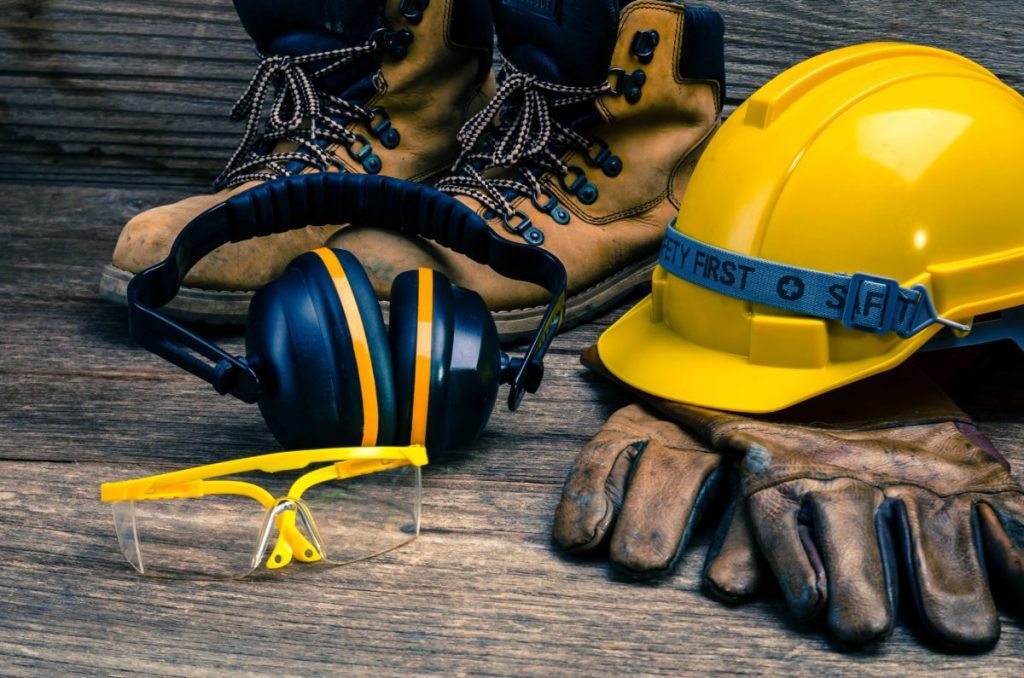The safety equipment industry plays a pivotal role in disaster resilience and response efforts by continually innovating and improving tools that protect and support individuals in times of crisis. This article explores the advancements within the safety equipment sector, highlighting how cutting-edge technologies, research, and collaborative efforts contribute to building resilience and improving disaster response capabilities.
Smart Personal Protective Equipment
The integration of technology into traditional PPE is revolutionizing the safety equipment landscape. This section delves into how smart helmets, vests, and other wearables equipped with sensors and communication capabilities enhance the safety and effectiveness of responders during disasters. These innovations provide real-time data on environmental conditions, monitor vital signs, and facilitate communication, ensuring a more informed and secure response in high-risk situations.
Advanced Respiratory Protection in Disaster Environments
As disasters often result in compromised air quality, advancements in respiratory protection are crucial for the safety of responders and affected communities. This part explores innovations such as high-efficiency filtration systems, compact and portable respirators, and real-time air quality monitoring devices. These technologies not only safeguard against immediate threats but also contribute to long-term respiratory health in disaster-stricken areas.
Drones and Robotics for Remote Safety Assessments
Drones and robotics are becoming indispensable tools for safety assessments in disaster-stricken areas, especially where human access is limited or dangerous. This section investigates how drones equipped with cameras, sensors, and communication devices enable rapid and remote assessment of disaster sites. These technologies provide valuable data for decision-making, allowing responders to strategize and deploy resources effectively while minimizing risks.
Intelligent Emergency Response Systems
The safety equipment industry is actively contributing to the development of intelligent emergency response systems. This part explores how wearable devices, IoT sensors, and AI-driven platforms facilitate seamless communication and coordination among responders during disasters. These systems enhance situational awareness, optimize resource allocation, and streamline overall response efforts, fostering a more efficient and resilient disaster management process.
Biometric Identification for Enhanced Safety and Accountability
Biometric identification technologies are playing a crucial role in ensuring the safety and accountability of responders in disaster scenarios. This section delves into how biometric recognition systems, such as fingerprint or facial recognition, are integrated into safety equipment. These technologies not only secure access to critical areas but also help track and manage personnel in the field, ensuring a more organized and secure response.
Adapting to Diverse Disaster Environments
Disasters often bring multiple hazards, necessitating versatile protective gear. This part explores innovations in multi-hazard protective equipment designed to adapt to diverse disaster environments. From flame-resistant materials to impact-resistant designs, the safety equipment industry is continuously evolving to provide comprehensive protection against various threats, enhancing the resilience of responders facing dynamic and unpredictable challenges.
Collaborative Research and Development
Collaborative efforts between the safety equipment industry and research institutions are vital for driving innovation. This section discusses how partnerships contribute to the development of cutting-edge technologies and methodologies. By fostering collaboration, the industry can leverage the expertise of researchers to address emerging challenges, ensuring that safety equipment evolves to meet the evolving needs of disaster resilience and response.
Training Simulators for Realistic Disaster Preparedness
Training is paramount for effective disaster response, and the safety equipment industry is leveraging virtual reality (VR) and augmented reality (AR) technologies to create realistic training simulators. This part explores how immersive simulations allow responders to experience and practice in lifelike disaster scenarios. These training tools enhance preparedness, improve decision-making under pressure, and contribute to overall resilience in the face of unforeseen challenges.

